5 Essential Tips for Choosing Aluminum Doors to Boost Energy Efficiency
When it comes to enhancing energy efficiency in your home, selecting the right building materials is crucial. Among the various options available, aluminum doors stand out due to their durability, aesthetic appeal, and impressive insulation properties. However, not all aluminum doors are created equal, and making an informed choice can significantly impact your energy consumption and overall comfort. In this article, we will explore five essential tips for choosing aluminum doors that not only complement your home's design but also contribute to a greener environment. By considering factors such as thermal performance, framing options, and design versatility, homeowners can optimize their energy efficiency while enjoying the many benefits aluminum doors have to offer. Whether you're renovating your space or constructing a new home, understanding these tips will guide you in making a wise investment that pays off in both style and sustainability.
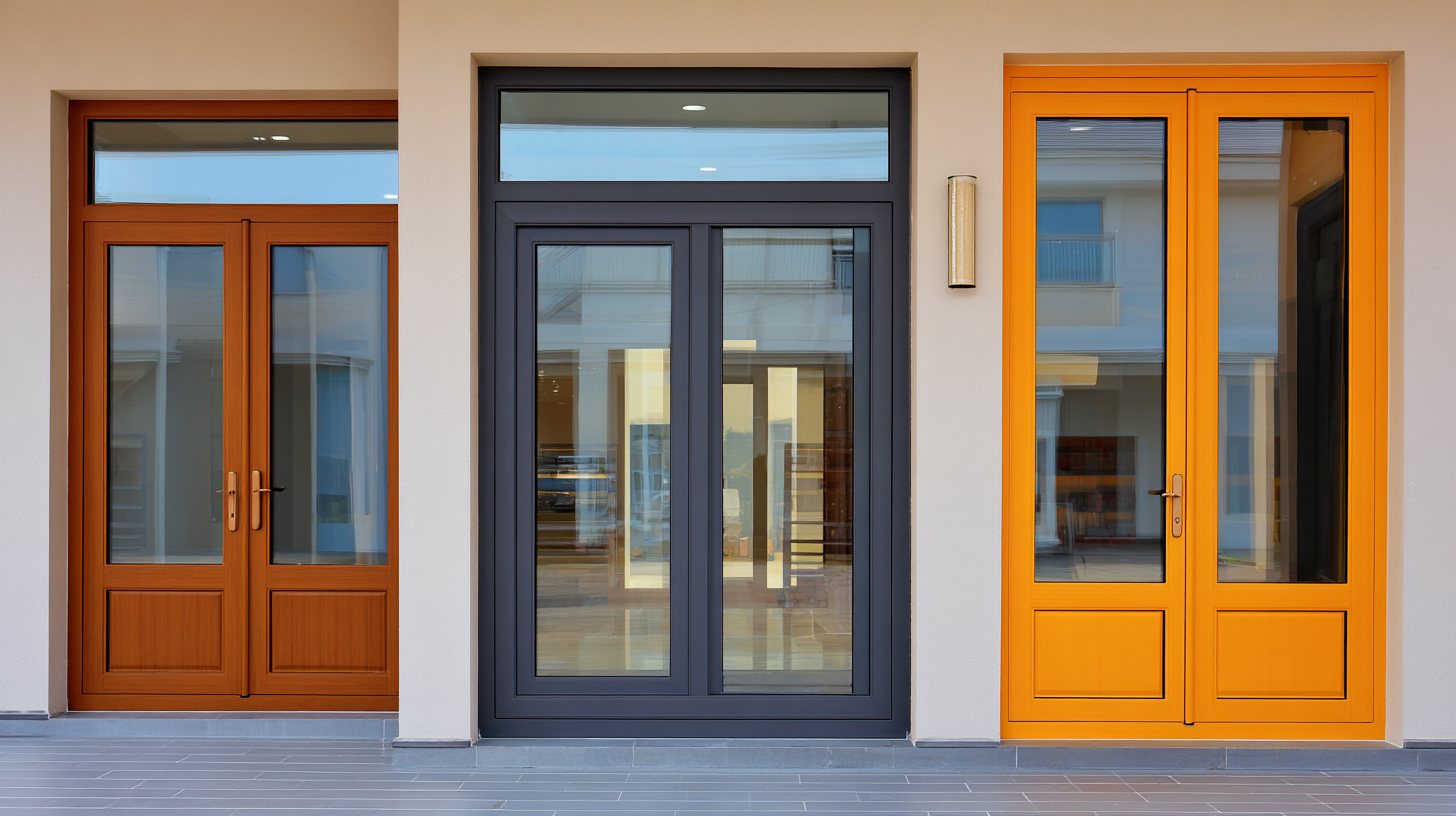
Factors to Consider When Selecting Aluminum Door Styles for Energy Efficiency
 When selecting aluminum doors for energy efficiency, several key factors come into play. First and foremost, look for doors that feature a high energy performance rating. This often indicates enhanced insulation properties and reduced thermal conductivity, which can significantly lower energy costs. Investigating the door's U-value, which measures heat transfer, will help you understand how well it can resist heat loss. Lower U-values signify better insulation, making them ideal for maintaining indoor temperatures.
When selecting aluminum doors for energy efficiency, several key factors come into play. First and foremost, look for doors that feature a high energy performance rating. This often indicates enhanced insulation properties and reduced thermal conductivity, which can significantly lower energy costs. Investigating the door's U-value, which measures heat transfer, will help you understand how well it can resist heat loss. Lower U-values signify better insulation, making them ideal for maintaining indoor temperatures.
Another critical factor is the type of glazing used in the door. Double or triple glazing can provide substantial insulation compared to single-pane options. Advanced glazing technologies, such as Low-E (low emissivity) coatings, are designed to reflect heat back into the home while still allowing natural light to enter. Additionally, consider the frame's thermal breaks; these are materials that separate the interior and exterior of the door frame, drastically reducing heat loss. By carefully assessing these elements, homeowners can choose aluminum doors that not only enhance the aesthetic appeal of their property but also significantly improve energy efficiency.
The Importance of Insulation in Aluminum Doors for Optimal Performance
When considering aluminum doors for energy efficiency, insulation plays a pivotal role in ensuring optimal performance. According to the U.S. Department of Energy, poorly insulated doors can account for up to 25% of a home's energy loss. This makes the selection of aluminum doors with superior insulation critical not just for comfort, but also for reducing energy bills. Advanced insulation technologies, such as thermal breaks and triple-glazed glass, can significantly enhance the energy performance of aluminum doors by minimizing heat transfer.
Moreover, a report by the Aluminum Association highlights that energy-efficient doors can contribute to reducing a building's overall carbon footprint by up to 20%. Enhanced insulation in aluminum doors helps maintain ideal indoor temperatures, reducing the reliance on heating and cooling systems. This aligns with the growing trend towards sustainable building practices, where the focus is on creating products that not only serve a functional purpose but also promote energy conservation. By choosing aluminum doors equipped with high-performance insulation, homeowners can make a substantial impact on their energy efficiency while also benefiting from durability and design flexibility.
5 Essential Tips for Choosing Aluminum Doors to Boost Energy Efficiency
| Tip | Description | Energy Efficiency Benefit | Insulation Type |
|---|---|---|---|
| 1. Look for Thermal Breaks | Choose aluminum doors with thermal breaks to reduce heat transfer. | Minimized energy loss, improved comfort. | Polyurethane or Polystyrene |
| 2. Opt for Double or Triple Glazing | Select doors with double or triple-glazed glass for better insulation. | Enhanced thermal performance, reduced heating and cooling costs. | Argon or Krypton gas |
| 3. Ensure Proper Sealing | Make sure doors have high-quality seals to prevent drafts. | Improved air tightness, leads to energy savings. | Weatherstripping |
| 4. Choose a High Energy Rating | Look for doors with a high energy efficiency rating (e.g., Energy Star). | Lower energy bills, better environmental impact. | N/A |
| 5. Consider Frame Construction | Aluminum frames should be designed for maximum thermal resistance. | Increased durability and energy efficiency. | Thermal break technology |
How Glass Selection Can Impact the Energy Efficiency of Aluminum Doors
When selecting aluminum doors, the choice of glass plays a crucial role in enhancing energy efficiency. High-performance glazing options, such as Low-E (low emissivity) glass, can significantly reduce heat transfer. This not only keeps interiors warm during winter but also minimizes heat gain in the summer, leading to lower energy bills and a more comfortable living environment. Such glass coatings reflect infrared light while allowing visible light to pass through, which is essential for maintaining natural lighting without compromising energy savings.
Additionally, the thickness and type of glass utilized can influence insulation properties. Double or triple-glazed doors offer superior thermal resistance compared to single-pane options, effectively acting as barriers to temperature fluctuations. Spacer bars between the glass panes can further enhance this effect by reducing condensation and improving the overall structural performance of the door. Ultimately, thoughtful glass selection not only boosts the energy efficiency of aluminum doors but also contributes to long-term durability and reduced environmental impact.
Energy Efficiency of Aluminum Doors Based on Glass Selection
Evaluating the Thermal Break Technology in Aluminum Door Designs
When selecting aluminum doors to enhance energy efficiency, understanding the thermal break technology is vital. Thermal breaks are insulating sections incorporated within the door frame that prevent the transfer of heat and cold between the interior and exterior. According to the U.S. Department of Energy, properly designed thermal breaks can significantly reduce energy consumption, leading to savings of up to 30% in heating and cooling costs. This technology not only aids in maintaining a consistent indoor temperature but also contributes to overall building sustainability.
In terms of performance metrics, the National Fenestration Rating Council (NFRC) indicates that aluminum doors with thermal breaks can achieve U-factors as low as 0.35, reflecting their ability to limit heat flow. Moreover, manufacturers have reported that doors equipped with advanced thermal break technologies can enhance energy efficiency ratings, making them an attractive option for eco-conscious consumers. As such, when evaluating aluminum door designs, it's crucial to consider the effectiveness of the thermal break, as it plays a significant role in optimizing energy performance and reducing environmental impact.
Sustainability and Environmental Impact of Aluminum Door Materials and Finishes
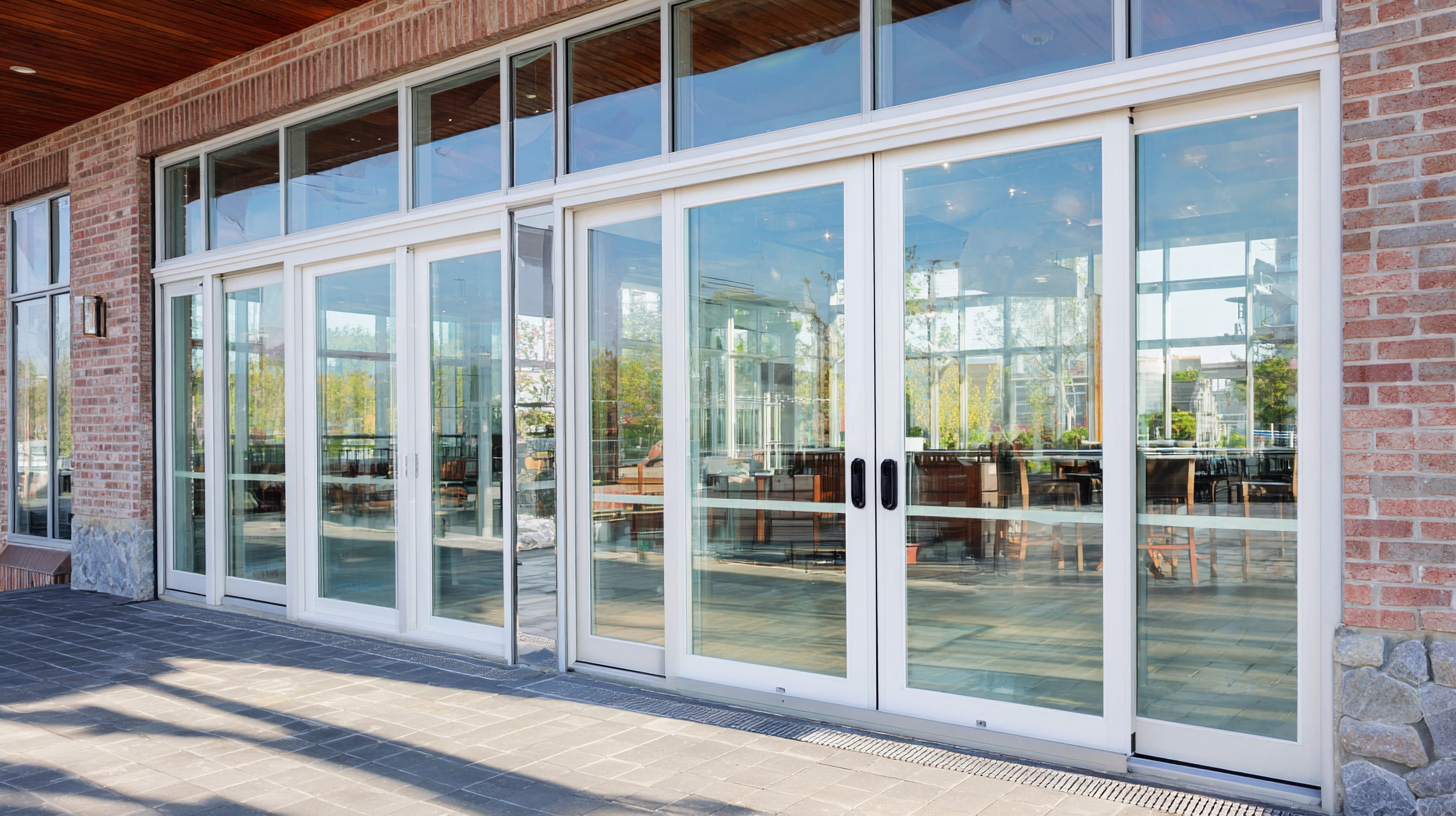 When considering aluminum doors, it's crucial to examine their sustainability and environmental impact. Aluminum is a highly recyclable material, boasting a recycling rate of over 75%. This characteristic significantly reduces energy consumption compared to producing new aluminum, making it a more environmentally friendly option. Additionally, many manufacturers now focus on sourcing aluminum from recycled materials, further enhancing its sustainability profile.
When considering aluminum doors, it's crucial to examine their sustainability and environmental impact. Aluminum is a highly recyclable material, boasting a recycling rate of over 75%. This characteristic significantly reduces energy consumption compared to producing new aluminum, making it a more environmentally friendly option. Additionally, many manufacturers now focus on sourcing aluminum from recycled materials, further enhancing its sustainability profile.
The finishes applied to aluminum doors also play a vital role in their environmental impact. Water-based coatings and powder coatings, which are becoming increasingly popular, emit fewer volatile organic compounds (VOCs) compared to traditional paints. These eco-friendly finishes not only reduce pollution but also enhance the durability of the doors, ensuring that they last longer and require less maintenance. By prioritizing aluminum doors that utilize sustainable materials and finishes, homeowners can make a meaningful contribution to energy efficiency and environmental conservation.
Related Posts
-
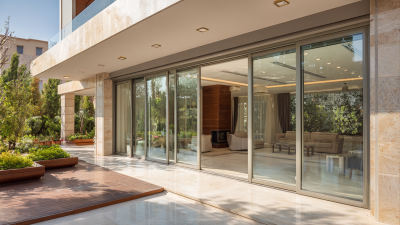
How to Choose the Best Aluminum Doors for Your Home Upgrade
-

Ultimate Guide to Choosing the Perfect Store Front Glass Door for Your Business
-
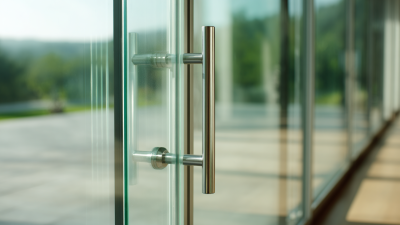
7 Essential Tips for Choosing the Best Sliding Glass Door Handles
-
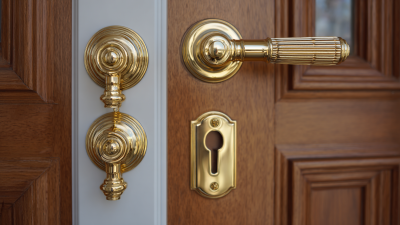
How to Choose Entry Door Hardware That Enhances Security and Style
-

How to Choose the Perfect House Doors for Your Home Design Needs
-

7 Best Benefits of Installing Tempered Glass Doors in Your Home
